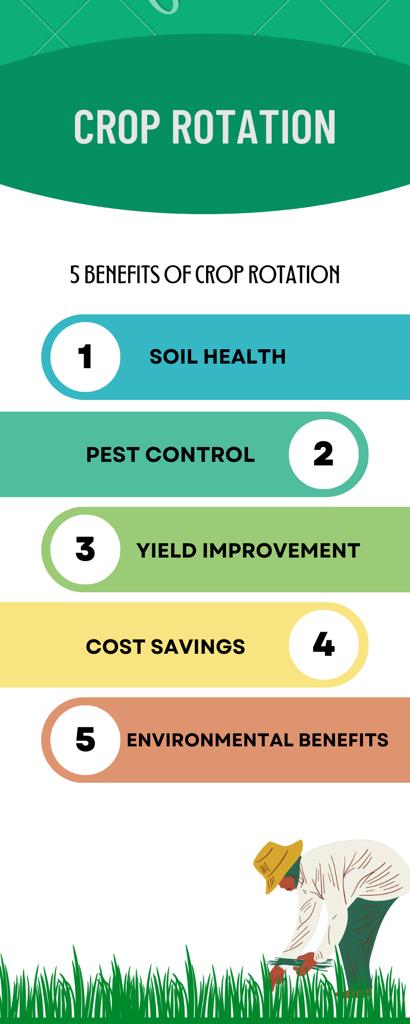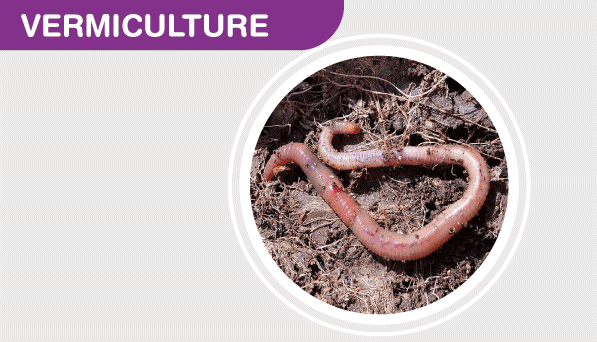Introduction
Agriculture has come a long way since the days of subsistence farming. With advancements in technology and agricultural practices, farmers have been able to increase crop yields and feed a growing global population. However, with these advancements come new challenges, and one of the most pressing issues facing modern agriculture is pest control. Pests, ranging from insects to fungi, can devastate crops and lead to significant economic losses. In the battle against these pests, crop rotation has emerged as a powerful and sustainable tool. In this blog post, we will explore the importance of crop rotation for pest control and how it contributes to the overall health of our agricultural systems.
What is Crop Rotation?
Crop rotation is a farming practice that involves changing the type of crops grown in a specific field over different seasons or years. Instead of planting the same crop in the same field year after year, farmers rotate through a sequence of different crops. The specific rotation plan can vary depending on factors such as the region, climate, and the crops being cultivated.
The Role of Crop Rotation in Pest Control
Crop rotation is not merely a strategy for diversifying a farmer’s product offerings; it also has significant implications for pest control. Here are some key reasons why crop rotation is crucial in the battle against pests:
Disrupting Pest Life Cycles:
Different crops attract different pests. By rotating crops, farmers can disrupt the life cycles of pests that rely on a particular crop. For example, if a field has been growing corn for several years and becomes infested with corn borers, switching to a different crop like soybeans can break the life cycle of these pests. This disruption can reduce the overall pest population.
Preventing Buildup of Pest Populations:
Pests often build up in areas where their preferred host crops are consistently grown. By changing the crops in a field, farmers can prevent the buildup of pest populations, as the pests won’t find a continuous food source. This reduces the need for chemical pesticides and promotes natural pest control mechanisms.
Enhancing Soil Health:
Healthy soil is a key component of pest resistance. Continuous cultivation of the same crop can deplete the soil of specific nutrients, making it more susceptible to pests and diseases. Crop rotation helps maintain soil fertility and microbial diversity, which can help crops resist pest infestations.
Weed Suppression:
Weeds can serve as hosts for pests and diseases. Crop rotation, when combined with proper weed management practices, can help suppress weed growth and reduce the habitat for pests. This not only contributes to pest control but also reduces competition for nutrients and water among crops.
Crop Rotation Strategies for Pest Control
Effective crop rotation strategies depend on various factors, including the specific pests and crops involved, local climate, and soil conditions. Here are some common crop rotation strategies that farmers use to control pests:
Alternate Between Pest-Susceptible and Pest-Resistant Crops:
To break the life cycle of pests, farmers can alternate between crops that are susceptible to specific pests and crops that are less vulnerable. For example, if a field has a history of nematode infestation, planting nematode-resistant crops in the rotation can help reduce nematode populations.
Include Cover Crops:
Cover crops like clover, vetch, and rye can be planted between cash crops in rotation. These cover crops can suppress weeds, improve soil health, and provide habitat for beneficial insects that prey on pests. Additionally, they can serve as a “trap crop” to lure pests away from cash crops.
Practice Multi-Year Crop Rotations:
Some pests have multi-year life cycles or persist in the soil for extended periods. In such cases, multi-year crop rotations, where a field is planted with different crops over several years, can be effective in reducing pest populations.
Monitor and Adapt:
Continuous monitoring of fields for pest pressure is essential. Farmers should adapt their crop rotation plans based on the observed pest populations and trends. Flexibility in crop rotation allows for a rapid response to changing pest dynamics.
Conclusion
Crop rotation is a valuable tool in sustainable agriculture that offers numerous benefits, including improved soil health, reduced reliance on chemical pesticides, and increased resilience to pests and diseases. By disrupting pest life cycles, preventing the buildup of pest populations, and enhancing soil health, crop rotation plays a crucial role in pest control. It is a practice that not only benefits farmers but also contributes to the long-term sustainability of our agricultural systems. As we face increasing challenges in agriculture, crop rotation stands as a testament to the wisdom of working with nature to achieve our goals.





